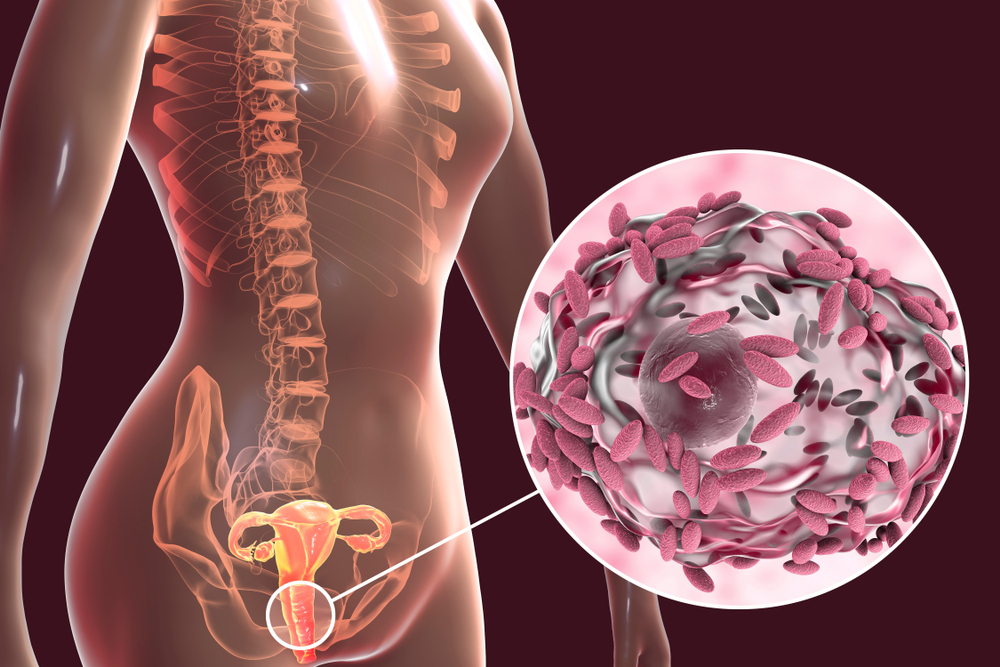Introduction: What is Vaginal Dysbiosis?
Vaginal dysbiosis, also known as bacterial vaginosis, is a condition characterized by an imbalance in the vaginal microbiome. Normally, the vagina houses a variety of bacteria, with Lactobacilli being the most common, which play a key role in maintaining the vaginal environment’s acidity and preventing the growth of harmful bacteria. When the balance is disrupted, it can lead to vaginal dysbiosis.
Let’s delve deeper into this condition’s causes, symptoms, diagnosis, and treatment.
Causes of Vaginal Dysbiosis
Various factors can contribute to the onset of vaginal dysbiosis, disrupting the balance of bacteria in the vagina.
Changes in Vaginal pH
The vagina’s normal pH ranges between 3.8 and 4.5. Any shift in this pH balance, especially towards alkalinity, can inhibit the growth of Lactobacilli and promote the overgrowth of anaerobic bacteria, causing dysbiosis. Factors that can alter vaginal pH include the following.
- Menstruation
- Sexual intercourse
- Use of certain contraceptives
- Menopause
Antibiotic Usage
Broad-spectrum antibiotics can destroy beneficial bacteria in the vagina, leading to an imbalance. It’s important to follow the Centers for Disease Control and Prevention’s guidelines on antibiotic usage to minimize this risk.
Sexual Activity
Unprotected sexual intercourse, especially with multiple partners, can introduce and spread various bacteria, leading to an imbalance in the vaginal microbiome.
Douching
Douching, or washing the vagina with water or other fluids, can disrupt the balance of bacteria and the pH, potentially leading to dysbiosis. The American College of Obstetricians and Gynecologists strongly advises against douching.
Symptoms of Vaginal Dysbiosis
Vaginal dysbiosis often comes with several symptoms that should prompt a visit to a healthcare provider.
Vaginal Discharge
Women with vaginal dysbiosis often report a thin, gray, or white vaginal discharge. The discharge’s color and consistency can help your healthcare provider diagnose the condition.
Fishy Vaginal Odor
A strong, fishy vaginal odor, particularly after sexual intercourse, is another common symptom of vaginal dysbiosis.
Vaginal Itching or Burning
Some women may experience itching or burning in the vagina or during urination.
Vaginal Discomfort
Pain during sexual intercourse or discomfort in the vaginal area can also be a sign of dysbiosis.

Living with Vaginal Dysbiosis
Managing vaginal dysbiosis effectively involves understanding the condition and its triggers and adopting measures to control and prevent flare-ups.
Monitoring Symptoms
Keep a watch on any changes in your vaginal health, including changes in your vaginal discharge, odor, and any accompanying discomfort. Regular monitoring will help you understand your body better and notice any signs of dysbiosis early.
Hygiene Practices
Follow a regular hygiene routine for your intimate areas. Avoid douching and using scented products in the vaginal area, which can disrupt the pH and the microbial balance.
Regular Health Check-ups
Regular gynecological check-ups can help detect vaginal dysbiosis and other health issues early, increasing the chances of effective treatment and management.
The Psychological Impact of Vaginal Dysbiosis
Vaginal dysbiosis can affect your quality of life and mental well-being. The discomfort, recurrence of symptoms, and the impact on your sexual health can lead to stress and anxiety. Contact healthcare professionals and consider joining support groups to help manage these feelings. Resources like the American Psychological Association can help you navigate this aspect of living with vaginal dysbiosis.
Diagnosing Vaginal Dysbiosis
Diagnosis of vaginal dysbiosis involves a series of steps and tests.
Medical History and Physical Examination
Your healthcare provider will first take a detailed medical history and perform a physical examination. This includes asking about your symptoms, sexual activity, menstrual cycle, and vaginal discharge or odor changes.
Laboratory Tests
Lab tests often include a sample of vaginal secretions to check for an overgrowth of bacteria. The National Institutes of Health provides resources on lab tests to diagnose vaginal dysbiosis.
Treating Vaginal Dysbiosis
The goal of treating vaginal dysbiosis is to restore the balance of bacteria in the vagina.
Antibiotics
Antibiotics, typically metronidazole or clindamycin, are the most common treatment for vaginal dysbiosis. They work by killing off the overgrown bacteria.
Probiotics
Along with antibiotics, your healthcare provider might recommend probiotic supplements to help restore the healthy bacteria in your vagina.
Lifestyle Changes
Making lifestyle changes such as avoiding douching, practicing safe sex, and maintaining good hygiene can help prevent the recurrence of dysbiosis.
Complications of Vaginal Dysbiosis
If left untreated, vaginal dysbiosis can lead to complications such as an increased risk of sexually transmitted infections, pelvic inflammatory disease, and complications during pregnancy. The World Health Organization provides more information on these potential complications.
Frequently Asked Questions About Vaginal Dysbiosis
Can vaginal dysbiosis clear up on its own?
In some cases, mild dysbiosis might resolve on its own. However, if you’re experiencing symptoms, it’s best to consult a healthcare provider to prevent potential complications.
Can I prevent vaginal dysbiosis?
While not all cases are preventable, following good hygiene practices, avoiding douching, practicing safe sex, and using antibiotics responsibly can reduce risk.
Can vaginal dysbiosis affect my fertility?
Some evidence suggests that untreated dysbiosis might increase the risk of pelvic inflammatory disease, which can affect fertility. It’s important to seek treatment if you suspect you have dysbiosis.
Is vaginal dysbiosis the same as a yeast infection?
No, they’re caused by different types of overgrowth – yeast infections by yeast and dysbiosis by bacteria.
Can men get dysbiosis?
While dysbiosis refers to an imbalance in the vaginal microbiome, men can experience similar microbiome imbalances, leading to health issues.




